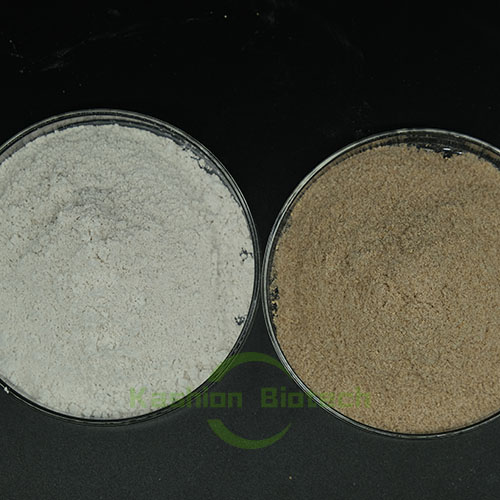
Home Products Sewage Treatment Bacteria Foodstuff Wastewater Treatment Catering wastewater treatment method and

Catering wastewater because of the particularity of its water quality, catering wastewater treatment methods are generally divided into two stages of pretreatment and treatment, often used in practical application of a variety of technologies together, the main goal of treatment is around the removal of catering wastewater COD, suspended matter and animal and plant oil. Pretreatment is the basis of the processing process, and the processing is the deepening of the pretreatment process.
Food and beverage wastewater commonly used treatment methods have the following:
(1) the coagulation method
Using composite new coagulant, the food and beverage wastewater after coagulation sedimentation, sand filtration and activated carbon adsorption depth treatment, to reach the national secondary discharge standards, after disinfection treatment of water can be used for life. Among them, the choice of efficient coagulant is the key. The experimental results show that aluminum potassium sulfate + polyacrylamide composite flocculant has better flocculation effect than single flocculation.
(2) biological methods
Due to the good biodegradability of food and beverage wastewater, the biological method can be used to treat food and beverage wastewater on the premise of removing the grease first and not affecting the subsequent biochemical reaction. Biological method can choose membrane bioreactor method, biological contact oxidation method, SBR process, etc.
Introduction to Sequences
1. Class A Biological pool (anoxic pool)
Efficient mixing wastewater further, make full use of in the pool as bacterial carrier, filling materials by microbes and oxygen can be difficult dissolved organic matter in wastewater can be converted to soluble organic matter, will be hydrolyzed into small molecular organic macromolecular organic matter, for the level O biological tank after further oxidation decomposition, at the same time through the flow of carbon nitrogen nitrate under the action of nitrifying bacteria, Partial nitrification and denitrification can be performed to remove ammonia nitrogen.
2. O-level biological pool (biological contact oxidation pool)
The tank is the core part of the sewage treatment, divided into two sections, the former section under a high organic load, through a large number of different species of microbial community attached to the filler under the joint participation of biochemical degradation and adsorption, removal of various organic substances in the sewage, so that the organic matter content in the sewage greatly reduced; In the latter section, under the condition of organic load reduction, through the action of nitrifying bacteria, the ammonia nitrogen in the sewage is reduced under the condition of sufficient oxygen, and the COD value in the sewage is reduced to a lower level, so that the sewage can be purified. The two-stage design can degrade the water quality into a gradient and achieve a good treatment effect. At the same time, the corresponding turbulent flow diversion measures are adopted to make the design more reasonable.
3. Settling tank
Sedimentation is the process by which suspended solids in sewage are separated from water by gravity. Its function is to carry on the solid-liquid separation to remove the biological membrane that falls off in the biochemical pool
And suspended sludge, so that the real purification of sewage, so that the effluent effect is stable.
4. Disinfection pool
Disinfection device, flow guide plate and disinfection design are designed in the disinfection tank, and chlorine tablets are added to the disinfection method. The method has the characteristics of convenient, simple and safe, and the water after disinfection is discharged into municipal sewage pipes or nearby waters.
Name: Nicole Yu
Mobile:+86 17718148007
Tel:+86 17718148007
Whatsapp:8617718148007
Email:sales@kashionbiotech.com
Add:No.6, Zhanxi Road, Yaohai District, Hefei City, Anhui Province, China.